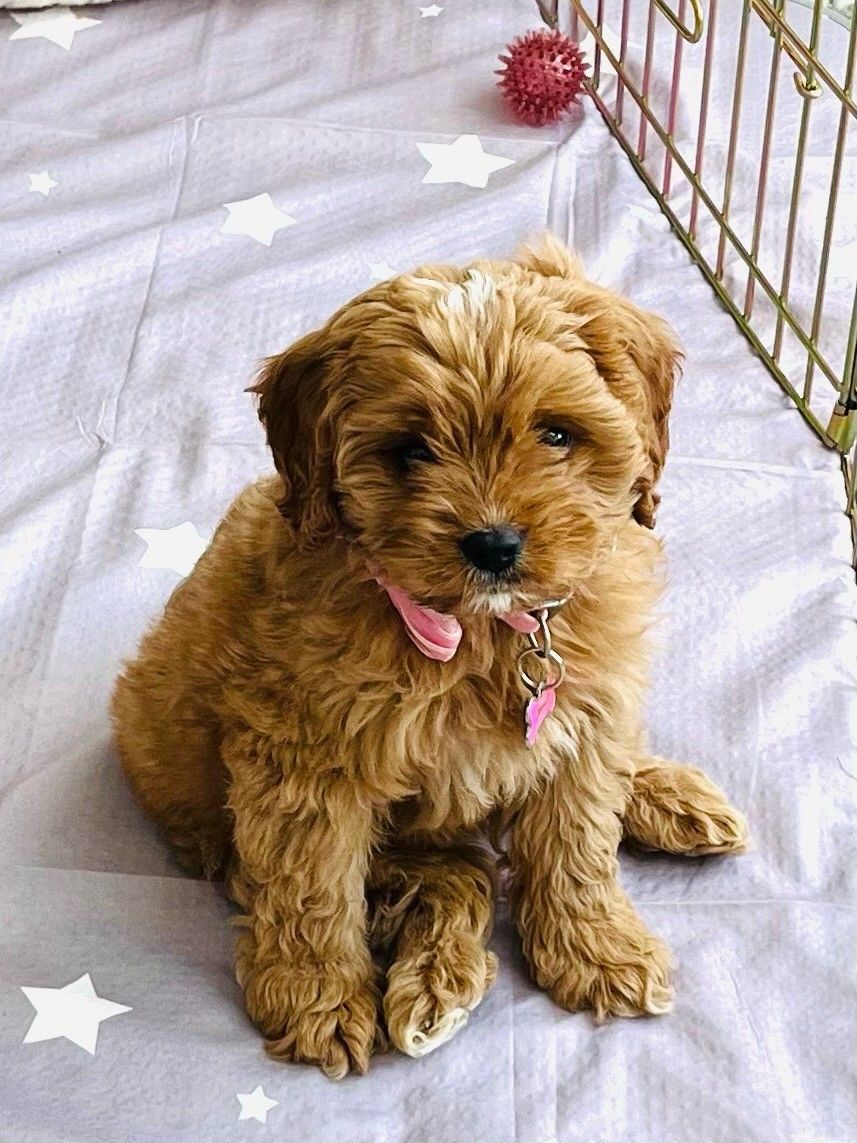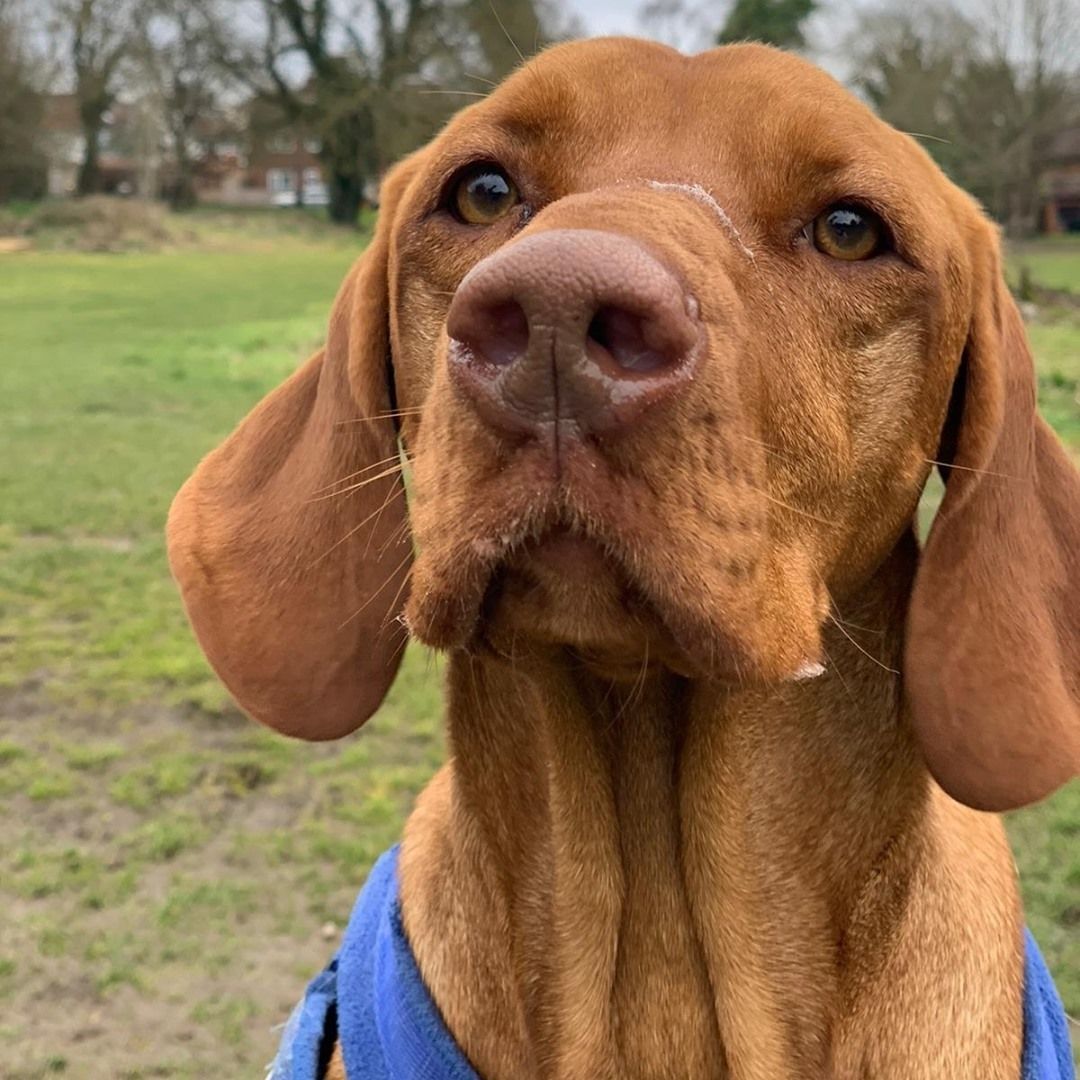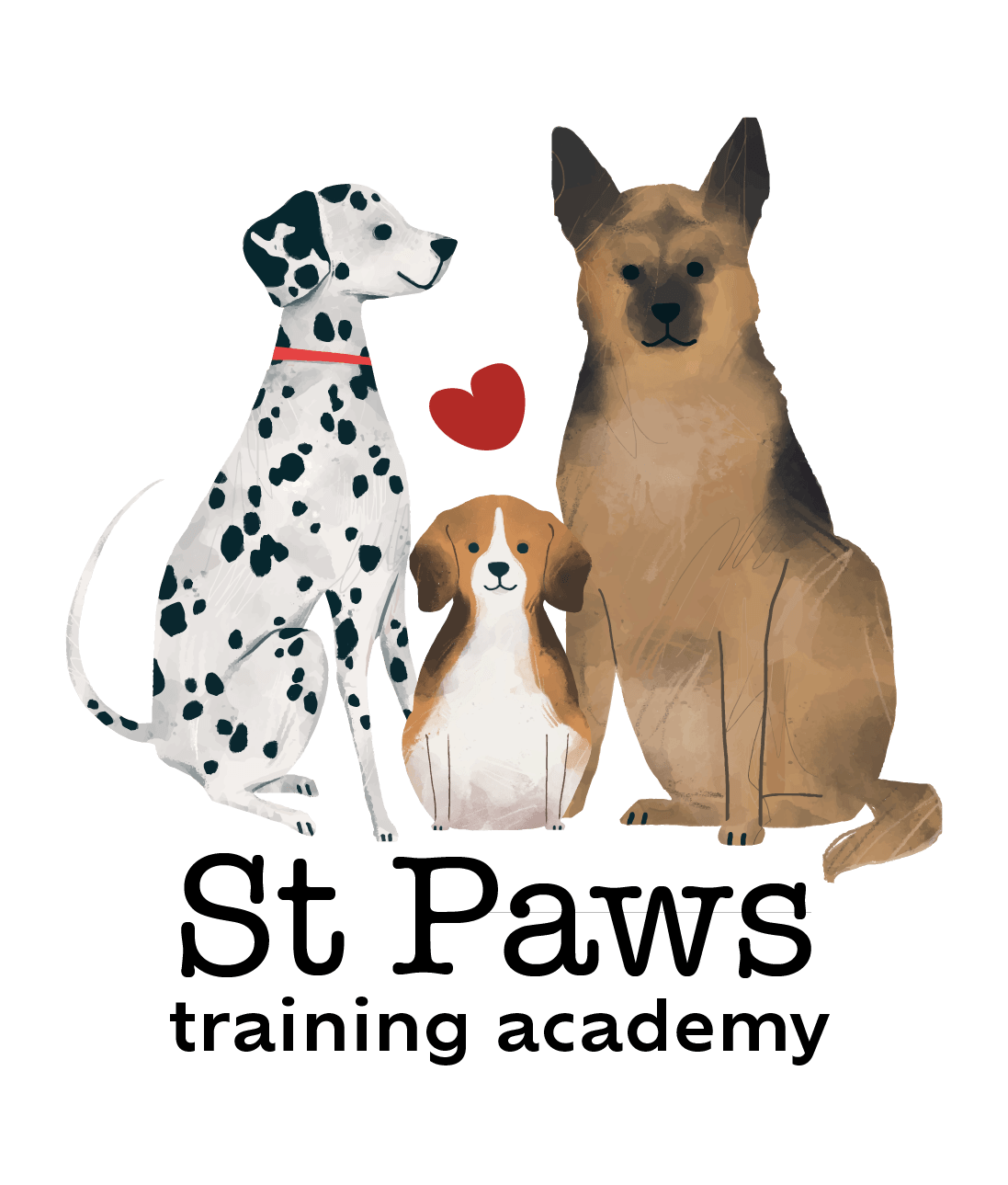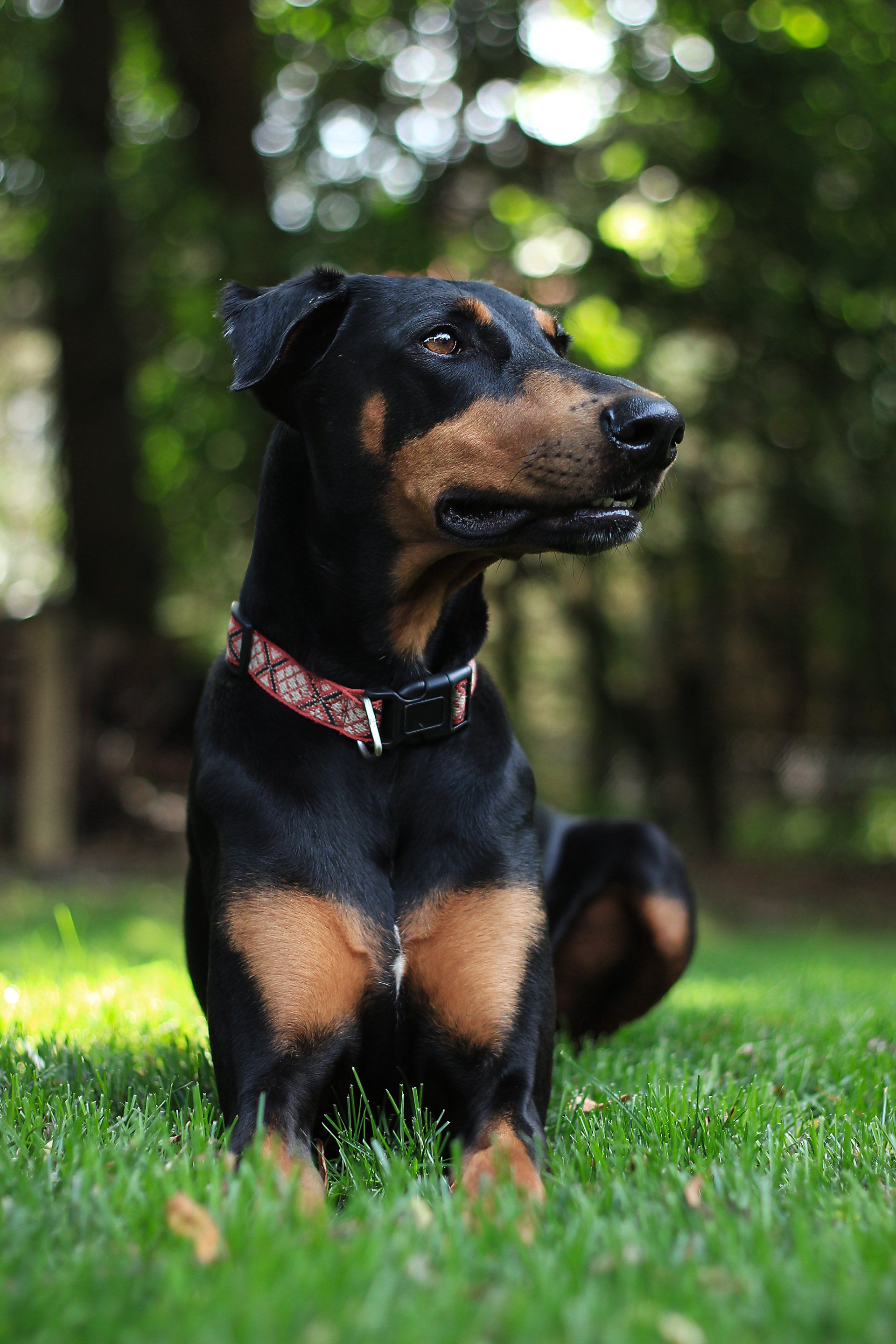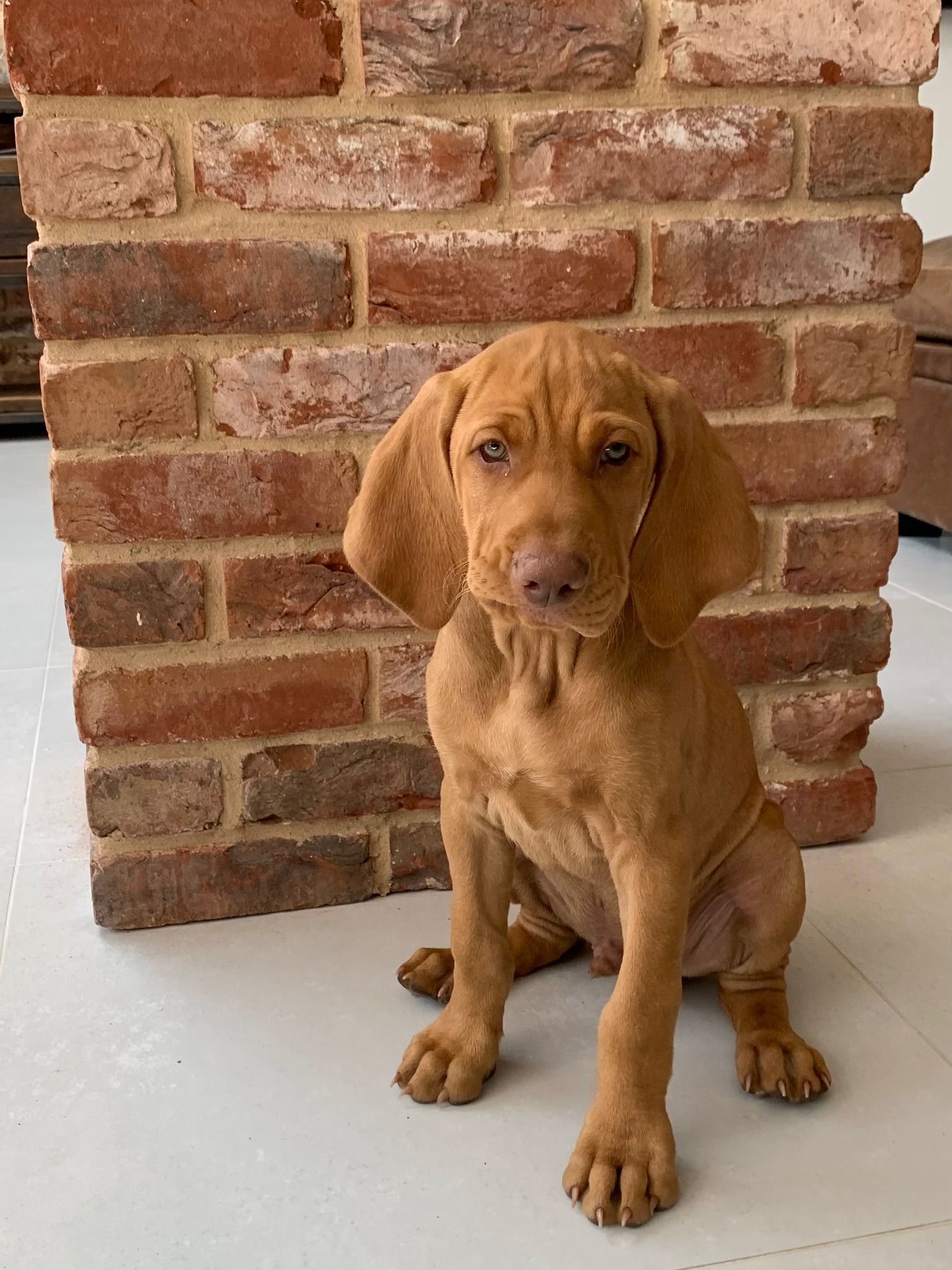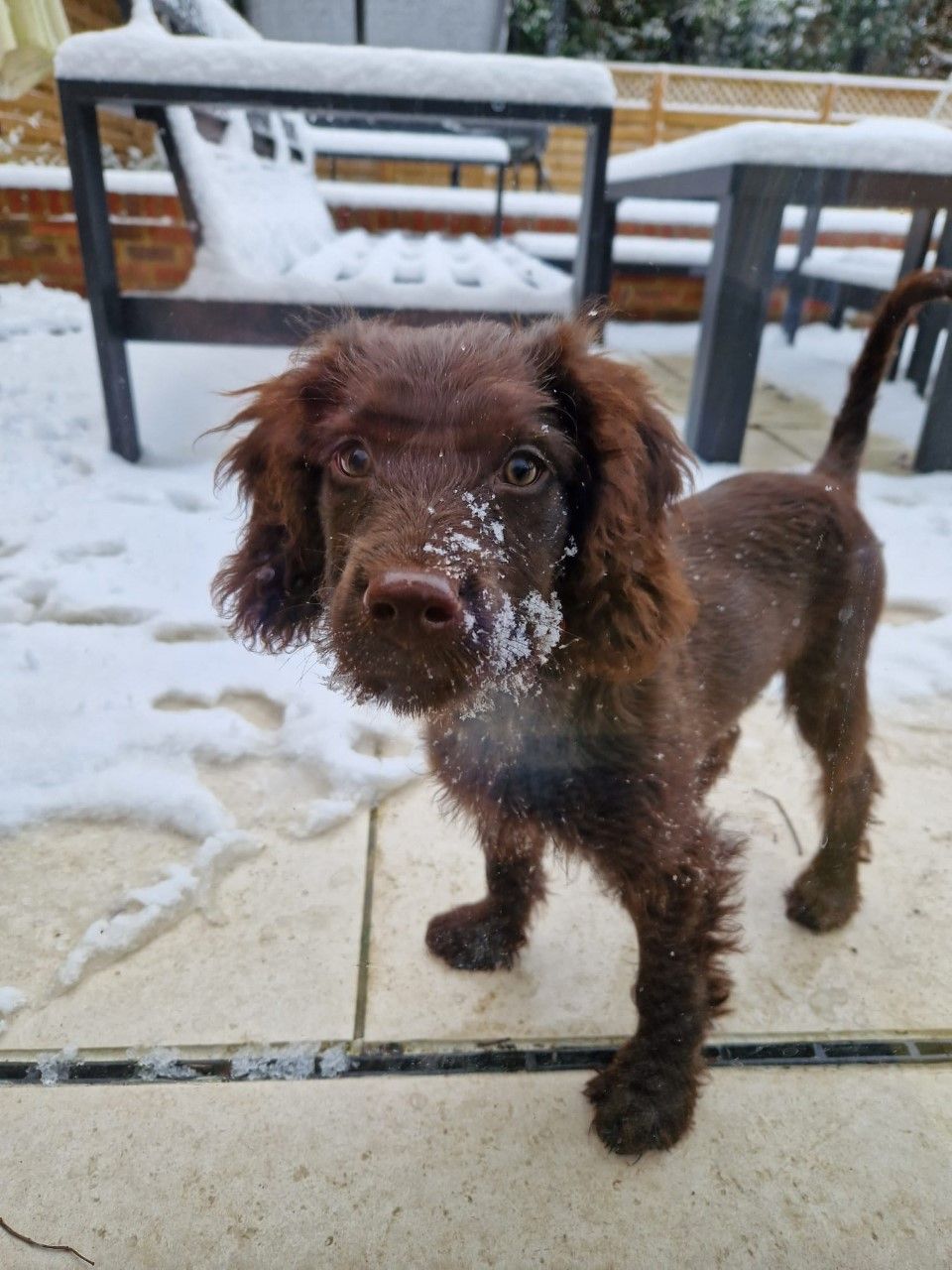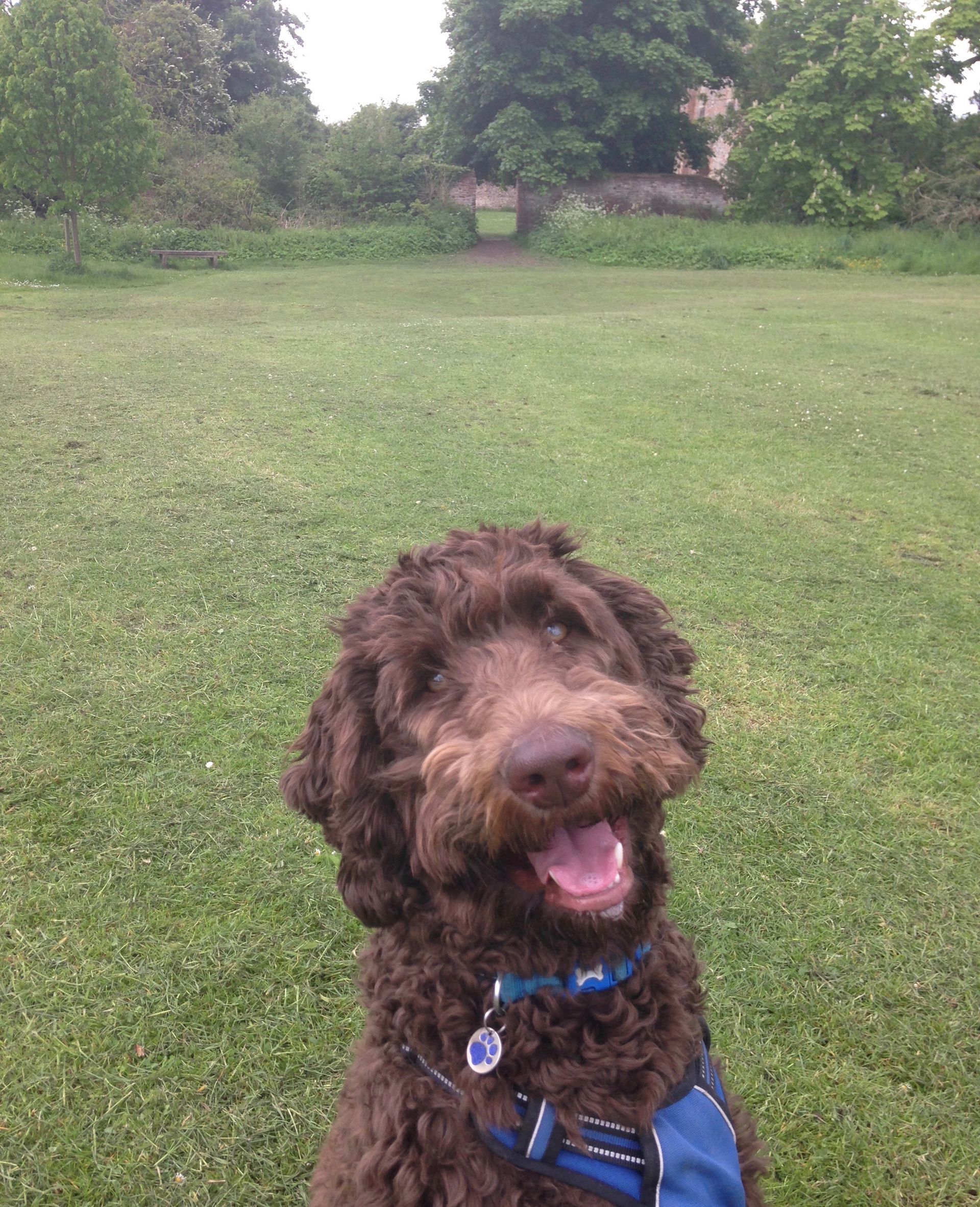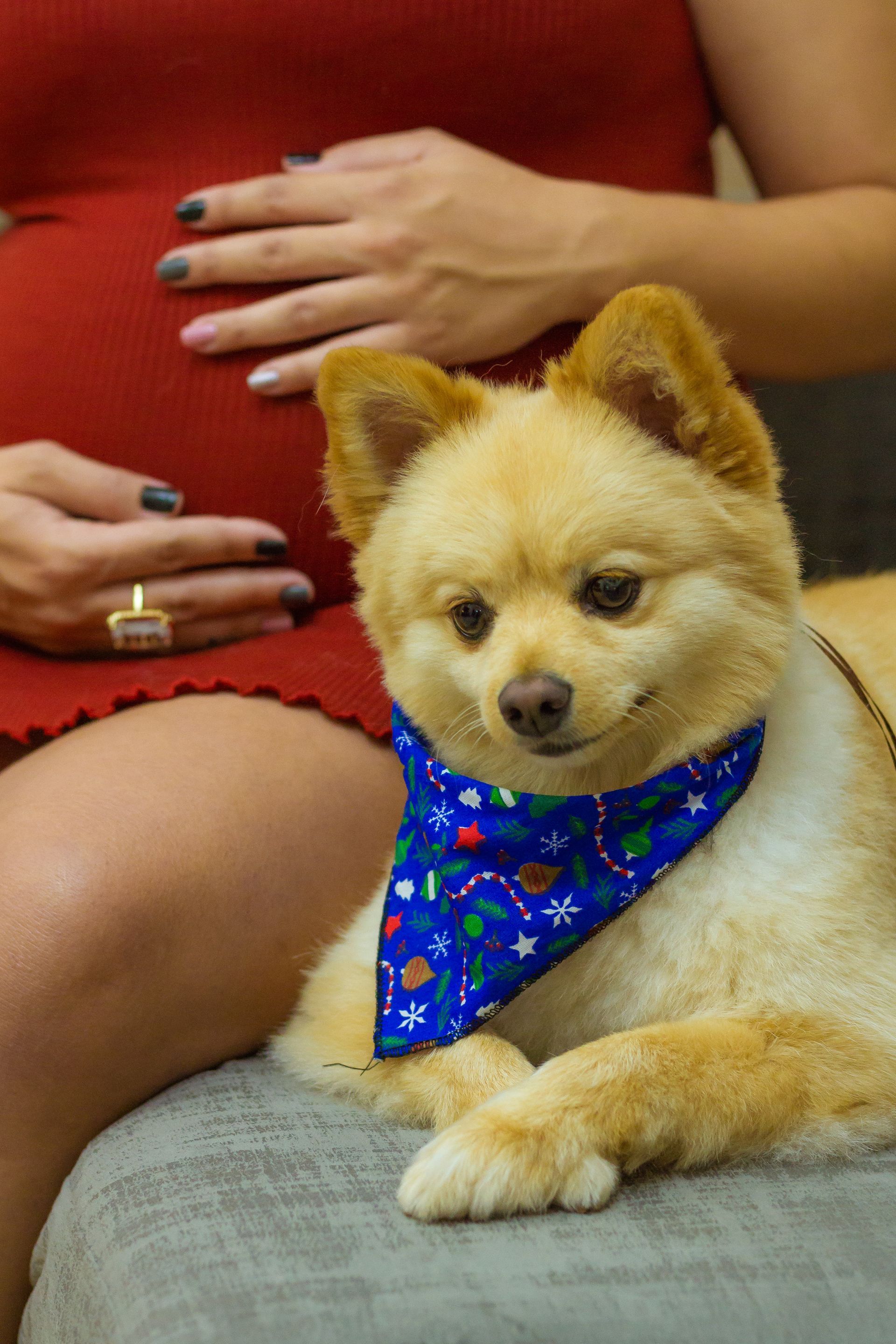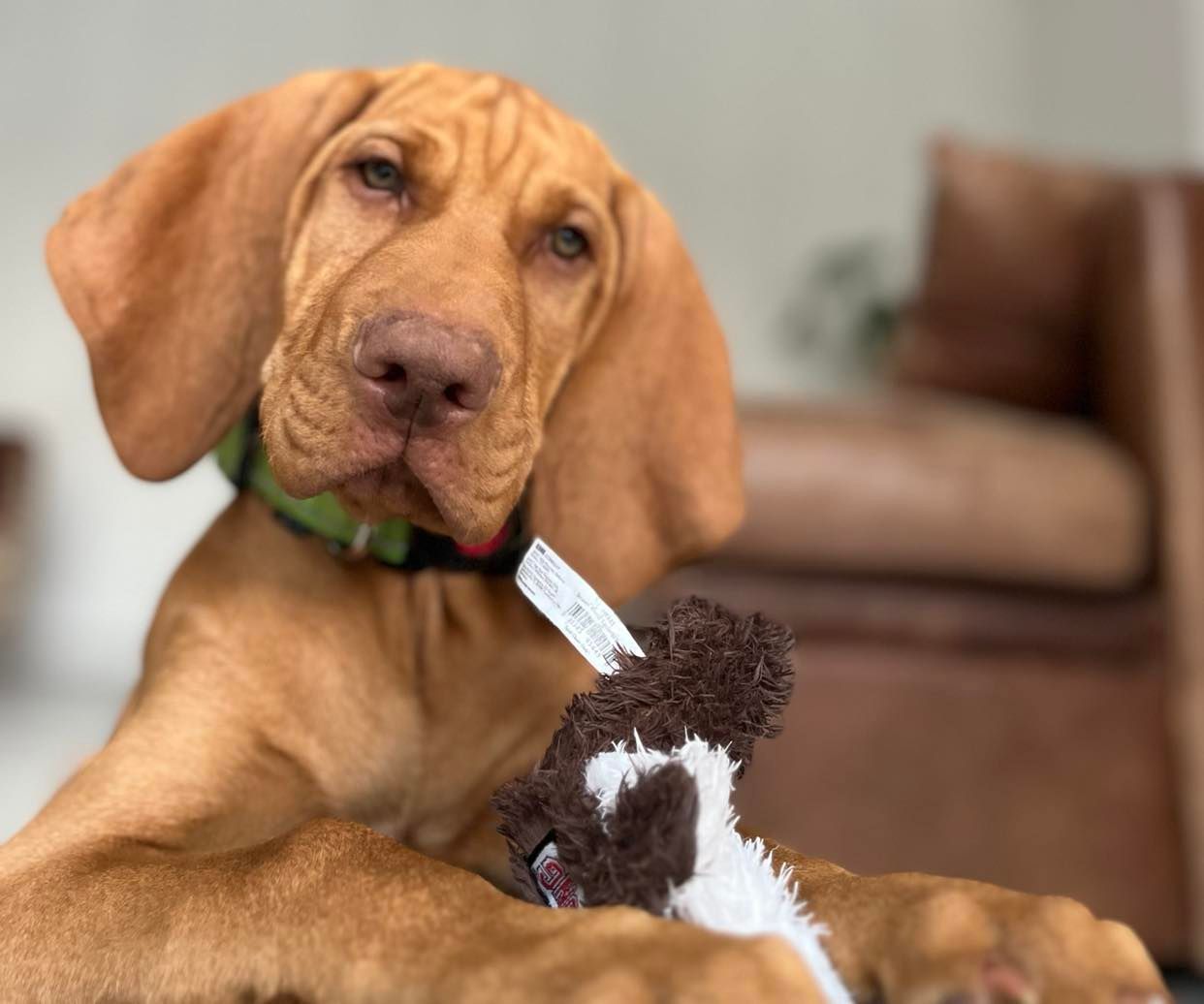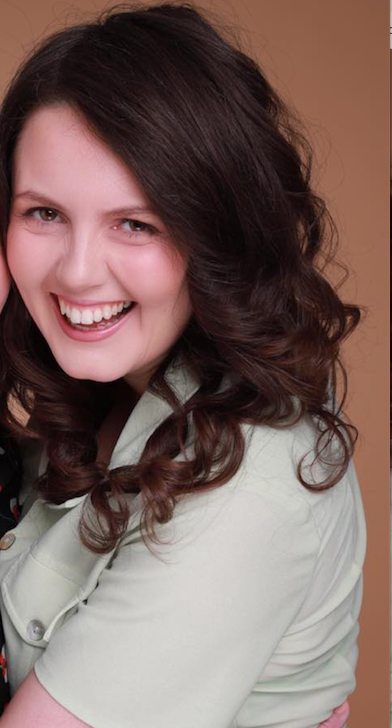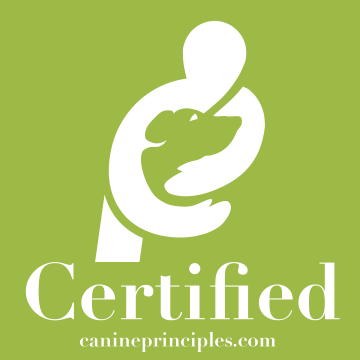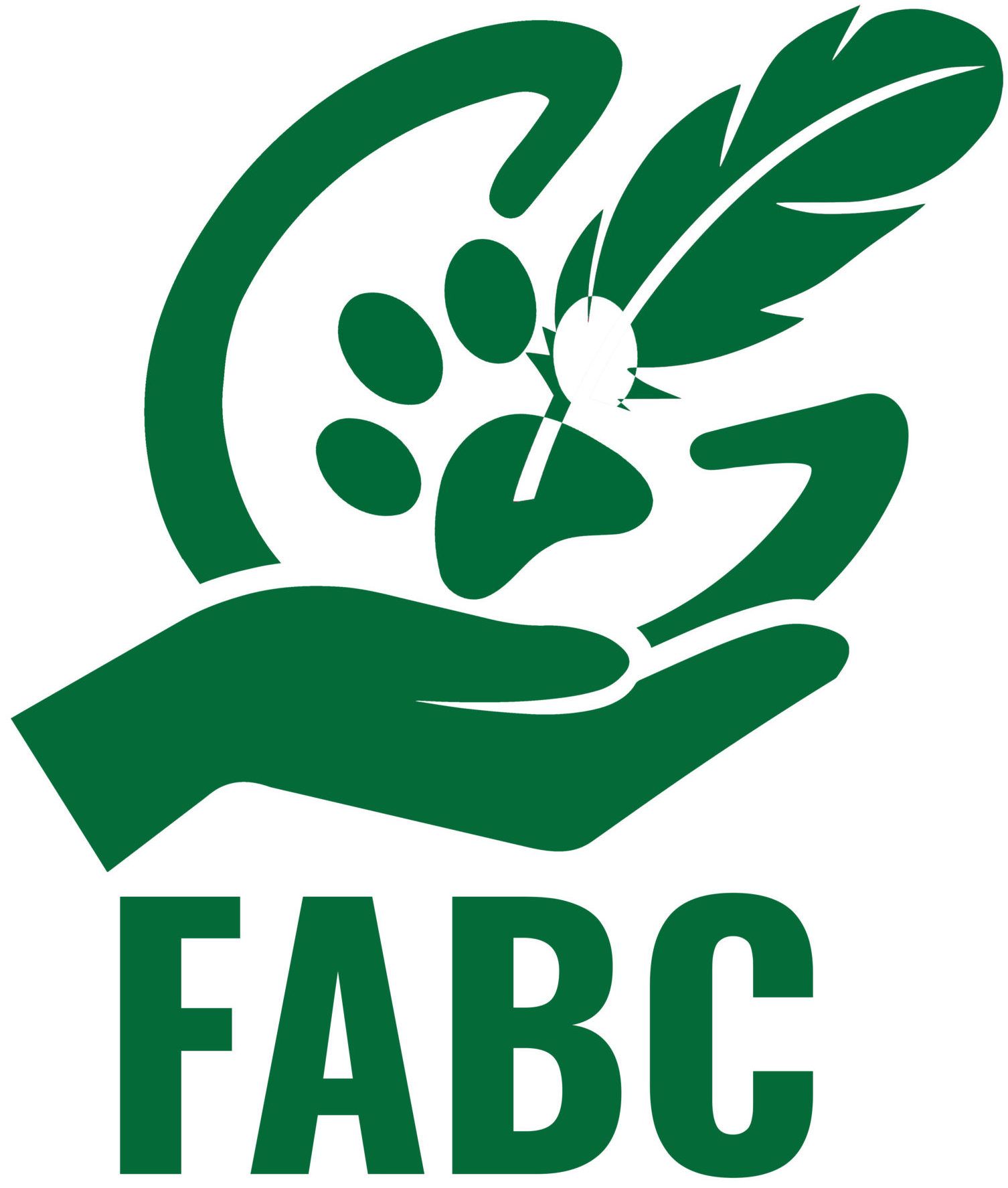What Different Breeds Of Dogs Are There And What Are Their Traits?
Different breeds: different needs

Some of the breeds of dogs we have, have very different characteristics that they did hundreds of years ago. For example, pugs look very different compared to the way some of them look today. Sadly, they have been bred for extreme features that have caused all sorts of health challenges such as brachycephalic obstructive airway syndrome. Some find it very difficult to breathe and need operations on their stenotic nares (narrow nostrils). Artificial selection based on looks alone can have an effect on behaviour and health.
There are different breeds of dogs that have been placed into different groups. Some of them have similar characteristics and behaviours. They are:
Hounds – Sight hounds hunt by sight and are capable of great speed! Recall is a big consideration here. Scent hounds hunt with their nose and track scent – a garden that is enclosed is imperative.
Hounds include the Saluki, Beagle, Afgan, Whippet and Daschund.
Gundogs
Gundogs have been bred to assist with hunting. They tend to use their sense of smell to locate game. They often freeze and lift their paw when they see game. They have floppy ears as hearing is not their prominent skill.
Gundogs include the Golden Retriever, Hungarian Vizsla's and the Welsh Springer.
Utility
The breeds have been designed without a specific task in mind. This includes the Dalmatian (which was a carriage dog – they run beside a carriage), Japanese Spitz and Keeshond.
Working
These are dogs who have a particular task. They include the Bermese mountain dog – these dogs rescued people in avalanches.
Pastoral
A pastoral dog such as the Shetland sheepdog or collie was used for herding sheep. Pet dogs should be kept away from sheep as a farmer can legally shoot a dog that is worrying their sheep.
Terriers – They have been trained to hunt things such as rats, and enjoy digging. They can be very active dogs. Terriers include the Cairn, Bedlington and Parson.
There are also dogs that have been bred together such as the cockapoo – a cocker spaniel and poodle. You will want to think about the different breed traits that can occur when these dogs are mixed together. The Polite Pup Club gives guidance on different breeds and easy games to channel their breed specific traits.
